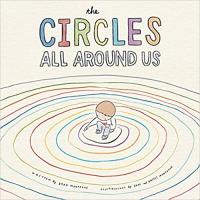Our communities may have people from many cultures and there may be many different languages spoken. Sparked by a playful video of kids teaching other kids their languages, we explore the languages represented in our communities.
- Read more about World Languages
- Log in or register to post comments

